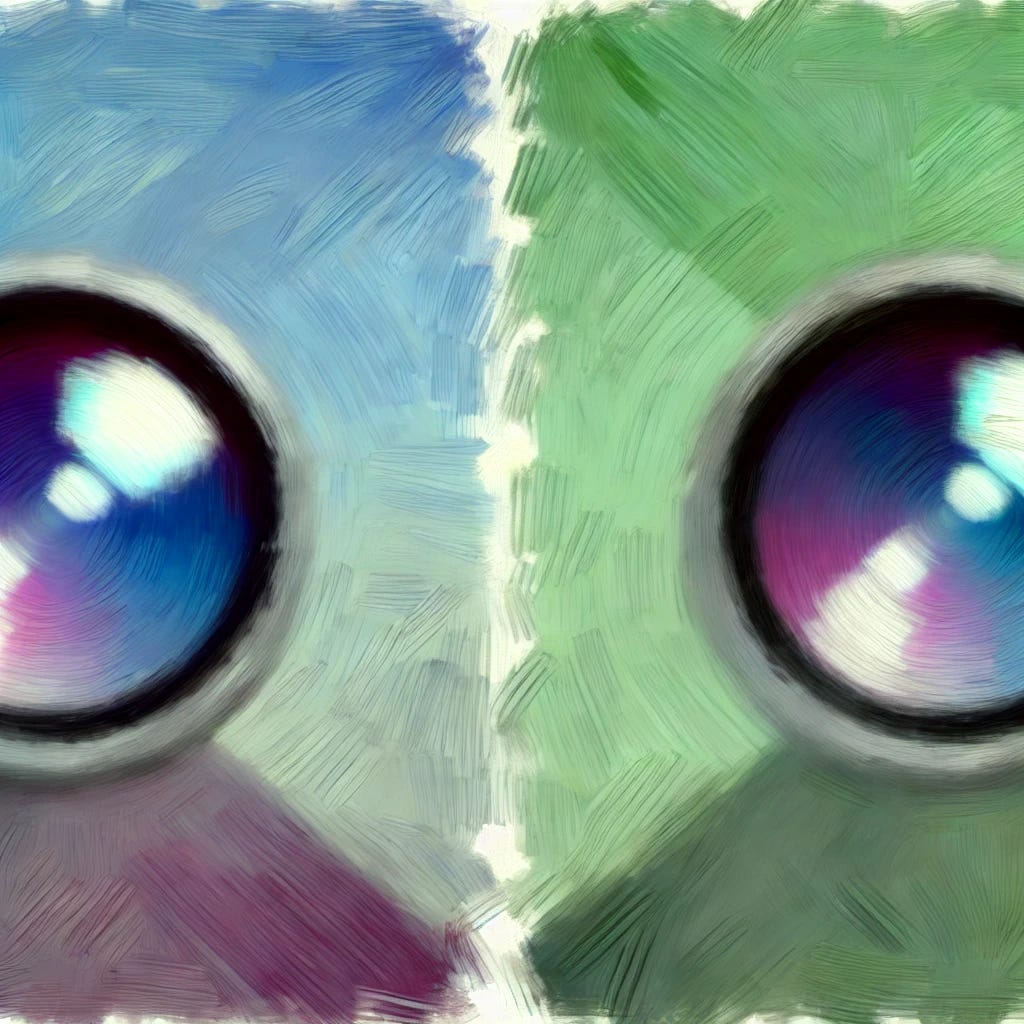Concave and convex pathfinding
Divergent vs. convergent paths towards building the best solutions
Imagine your product team is working through a complex user problem. One that presents challenging tradeoffs, and doesn’t have an obvious solution lying under your nose.
Let’s take a simple example -
“Do users care about speed or accuracy in this feature? What about cost? Control?”
I’ve observed that product teams often approach solution pathfinding to problems like these using one of two approaches - what I’d like to call a concave approach vs. a convex approach.
Concave
In the face of a tradeoff, the team seeks absolute clarity on what matters most to users, as quickly as possible. They design solutions or seek insights to get that clarity - often by testing the extreme bounds of the tradeoff. Hard tradeoffs require hard (clear) prioritization.
Imagine -
“Do users care more about curation or control? Let’s ship an experiment with 2 variants - one is hyper-curated and the other is hyper-broad. We’ll see which solution resonates more, and tune it from there.”
Similar to how light passes through a concave lens, their approach seeks to diverge the solutions option space. This helps them quickly understand the relative prioritization of user needs. They can then build on that understanding to go deeper later, but with more confidence.
In optometry, concave lenses are used to correct nearsightedness. In nearsightedness, objects in front of you are clear, but those far away are blurry. Similarly, these teams clearly see & feel the tradeoffs in front of them - but are fuzzier on the optimal long-term path.
Convex
An alternative approach that teams can take is to intentionally converge the solution space as early as possible. Teams that do this are often seeking an optimal balanced solution that simultaneously addresses multiple user needs. They are craving a harmonious integration more so than absolute clarity. They are designing for cohesion from the get-go.
Imagine -
“Do users care more about speed or comprehensiveness? Obviously it’s both. Silly question! Let’s build the best experience we can to give them what they want.”
Similar to a convex lens, the team looks to converge to a specific focal point (the hypothetical ‘optimal’ solution) as quickly as possible. This opinionated solution can then act as the baseline product or experience for them to tweak, tune and optimize long-term as they learn more. In this process, they see tradeoffs as constraints to balance vs. hard forks in the road.
In optometry, convex lens are used to correct farsightedness. In farsightedness, objects far away tend to be clear, but those right in front of you are blurry. Similarly, these teams are often more clear and opinionated about their long-term product vision, but often have to work much harder in the near-term to develop the first iterations to get there.
Picking a lens
The intent of this essay is not to say one approach is better than the other. I’ve observed high-performing teams being successful with either approach. In fact, a mix of the two approaches can be very effective ex: taking a divergent approach to learn initially, followed by a convergent approach to then build deeper & scale.
Ultimately, the nature of your product, domain and context determines what approach might work best. The only cautionary tale I would share is this…
Many times, we are faced with constraints that appear like hard tradeoffs, but are actually false choices when you look deeper. Constraints of this sort demand nuanced balance & integration, not simple ‘pick one’ style decision-making. As product folks, we often pride themselves for being naturally good problem solvers. But if you are working on a meaningfully complex product, you are much more likely to face 3D polarities that need balancing vs. 1D or 2D problems that have clear solutions.
So what to do? Be rigorous in identifying the true nature of the tradeoff you’re wrestling with. Be wary of false choices1 being presented to you, or that you are inducing. Distinguish between real tradeoffs that are actually rooted in users vs. artificial tradeoffs being introduced as a result of your product choices. And lastly, assume an abundance mindset by creating space for creativity within your team. Encourage them to brainstorm non-obvious solutions to your users’ pain points; ones that might be even more ‘win-win’ than you may have imagined at the beginning!
False choices can be countered with positive-sum thinking (as I’ve shared in a previous post).




